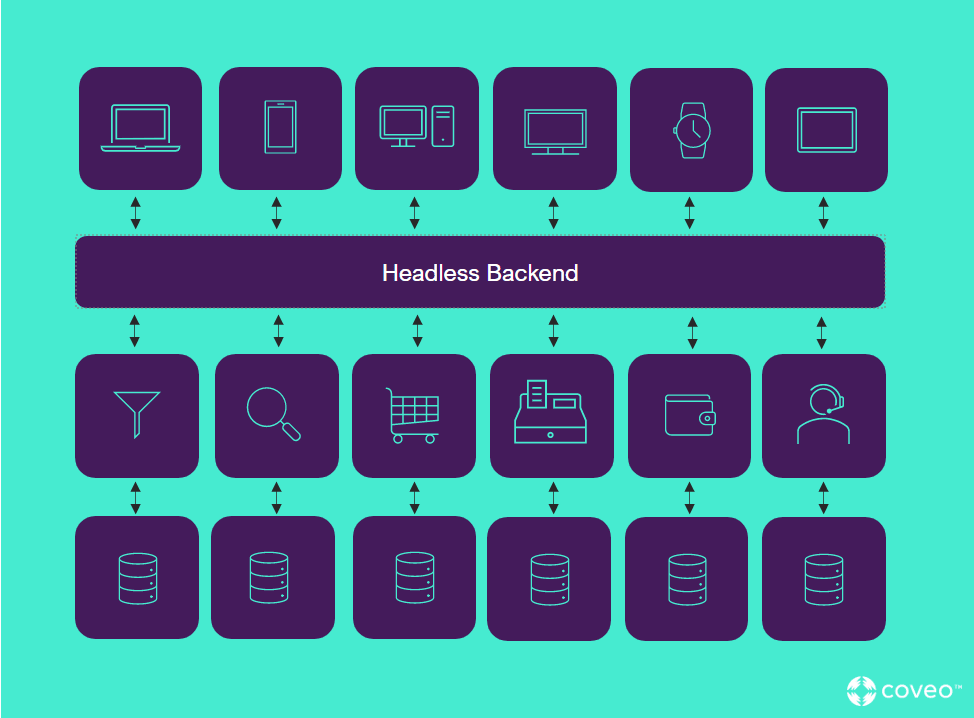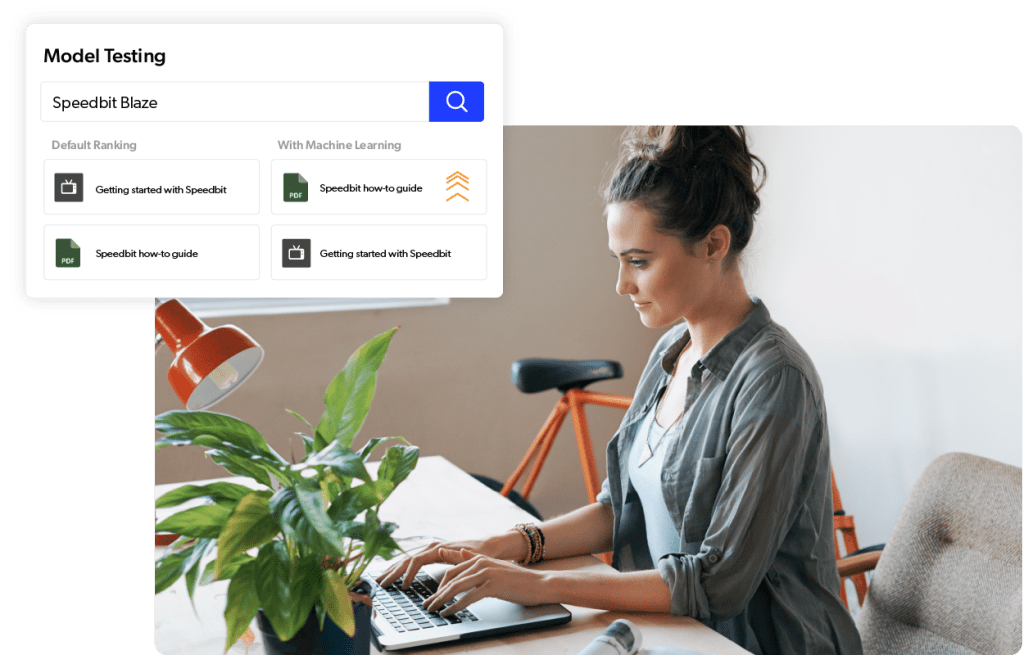Is your IT team pushing for composable commerce? Here’s what you need to know about this modular architecture and the benefits for ecommerce.
The need for multi-experience in a cloud-based world has seen a push to modularize ecommerce stacks. Terms are being thrown around as pundits say this modular approach or composable commerce can transform your ecommerce strategy while delivering outstanding commerce experiences to customers.
We’ve put together a primer on everything you need to know about composable commerce to help you understand what your IT team is discussing.
What Is Composable Commerce?
Composable commerce (also known as unified commerce) is a modular, flexible and configurable approach to building and managing your digital commerce solutions. With a composable commerce platform, you use specialist, best-of-breed solutions from multiple vendors to create your ecommerce infrastructure.
Packaged business capabilities (PBCs) are the building blocks of your composable architecture, and you connect these with application programming interfaces (APIs). In this way, you can create a digital commerce environment that is tailored to the particular needs of your business.
Monolithic, Headless, FIRE, or Composable: What’s the Difference?
When it comes to ecommerce platforms, it can be confusing getting to grips with different approaches. Below is an explanation of the main options:
Monolithic Platform
The first online transactions were made using monolithic architecture where all functionality was built into a single platform. These “all-in-one” digital commerce solutions benefited IT personnel, as it gave them full control.
However, as the age of omnichannel commerce dawned, this traditional approach became problematic. Businesses needed to deploy a separate monolithic system for each channel, making the integration of new functionality a complex and costly affair. What’s more, with different systems for each channel, customers faced an uneven and inconsistent commerce experience.
Headless
With headless commerce, back-end ecommerce functions such as managing pricing and promotions or product catalogs are entirely decoupled from the front-end customer experience (or “head”) of the site. This means that you can update or edit the front-end presentation layers without interfering with the back-end functionality, helping to ensure a smooth and consistent omnichannel experience for customers.

Unlike traditional, monolithic ecommerce platforms, where each tool is built into the design of the website, a headless approach uses functionality from a specific ecommerce solution such as the SAP Commerce Cloud solution. However, with this approach, you don’t have to conform to the design constraints of that ecommerce solution. You can make changes to the look and feel of your site and adapt the commerce experience to suit your marketing and brand requirements – all without disrupting back-end functionality.
Meanwhile, your headless ecommerce platform sits in the background, unseen by your customers. And because it’s decoupled from what your customer does see, you’re free to make changes to the customer presentation layer – such as customizing your inventory or changing pricing.
Composable Ecosystem
A composable commerce architecture is similar to a headless one in that the back-end ecommerce platform is decoupled from the front-end presentation layers. However, it differs from headless environments in that it supports the integration of multiple different solutions that fulfill key aspects of the functionality you need in order to provide winning customer experiences.
Connected by APIs to the back-end e-commerce platform, these functionalities or PBCs may range from product information management to search and product discovery or a virtual shopping cart. In this way, you can deploy best-of-breed solutions to fit your specific digital commerce requirements, prioritizing investment in the latest technology for the areas most important to your business.
FIRE
An acronym for “flexible, inexpensive, rapid and easy”, FIRE ecommerce solutions are focused on mid-market companies and are usually offered at a lower cost than other digital commerce solutions. They are not monolithic as they rely on third-party apps to provide some functionality.
However, these third-party apps are tightly coupled with the back-end ecommerce architecture, meaning that any changes to the core solution will necessitate changes to the apps as well. For this reason, many digitally aware companies choose a composable approach instead.
7 Ways Composable Commerce Approach Benefits You
Moving to a composable architecture brings numerous benefits to the table that significantly improve potential business outcomes. These include:
Business agility
A composable solution allows you to adopt new and innovative features quickly, going to market faster with new capabilities and experimenting to find out what works best for your business. You can also adapt your ecommerce experience quickly and efficiently to respond to changing business conditions or take advantage of new business opportunities.

Better digital experience
Near-instant page-to-page load times and smoother navigation meet customer expectations for a modern digital experience. By making your ecommerce site a pleasant and convenient place to shop, you can convert more customer visits into sales, boosting revenue.
Marketing excellence
With a composable architecture, you can launch new products and promotions faster, while helping ensure a smooth customer journey across every touch point. You can also access the latest technological innovations to engage shoppers with personalized messages.
Consistency
Even if your digital commerce solution is composed of multiple solutions from multiple vendors, composable commerce allows you to offer a fully integrated and consistent omnichannel experience. You can also quickly and easily make updates to your presentation layer to help ensure that your brand is represented in a consistent way across every channel.
IT flexibility
Composable commerce gives you the flexibility to mix and match ecommerce solutions. You can glue together multiple frameworks and tools – combining existing capabilities with new ones.
Incorporation of new channels
With a composable architecture, it’s quick to incorporate new channels into the customer journey. Even if they weren’t included in your original web design template, you can extend your reach to pair your online e-commerce experience with other customer touch points, such as social media, product experience, or in-store communications.
Future-proofing
A composable approach means you don’t have to wait for a tightly coupled ecommerce platform to “catch up” with the latest technologies. Instead, you can incrementally develop your ecommerce architecture, incorporating the innovative capabilities – as and when the business requires them.
AI Search and Composable Commerce: A Powerful Combination
One key area where best-of-breed offerings are delivering value to a wide range of businesses is the use of AI in composable architectures. Increasingly, and no matter whether they’re visiting a B2C or a B2B site, customers expect an intuitive search experience. They want personalized searches that help them find what they need quickly, based on relevant search suggestions.
Intelligent search capabilities such as those offered by Coveo deliver on these high expectations. Machine learning–based technology helps customers quickly search across millions of parts to find the product they’re looking for.

AI-powered predictive search offers tailored suggestions. Meanwhile, by combining search results with data such as customer location or purchase history, you can significantly improve query relevance, driving the right results to the top of the page.
By bringing AI to product discovery in this way, you can cut the number of clicks needed for customers to find what they’re looking for. As a result, you can significantly improve the overall customer experience – reducing the number of people leaving mid-search, increasing conversions and growing sales revenue.
Towards a Composable Future
With an increasing proportion of sales taking place online, a sound ecommerce strategy is now crucial to business success for many companies – and is set to become even more important in the future. So, what does a future-looking ecommerce strategy look like?
“Do-it-all” ecommerce platforms are increasingly rare as large vendors abandon their investment in specialist functionality areas such as product discovery and instead choose to focus on core ecommerce capabilities. This means that you must find the right tools for the job from a range of best-of-breed vendors, with each offering the latest technological solutions to specific business needs.
In contrast to the aging technology of monolithic ecommerce platforms, every part of your composable commerce ecosystem brings measurable value. You can constantly evaluate what is working for you and your customers and make changes as your business grows and evolves, replacing solutions or introducing new capabilities, quickly and simply.
And with a composable architecture made up of software-as-a-service solutions, you can rapidly and efficiently scale your ecommerce infrastructure on demand. Price-on-usage models help you quickly and cost-effectively expand your operations to respond in an agile way to new business challenges and opportunities.
Dig Deeper
Learn how to get started with Composable Commerce with Search and Content featuring the introduction of Ascend SAP Commerce Cloud Composable Extension, an integrated demo of Coveo and Contentful on SAP Commerce Cloud, built by Smith.